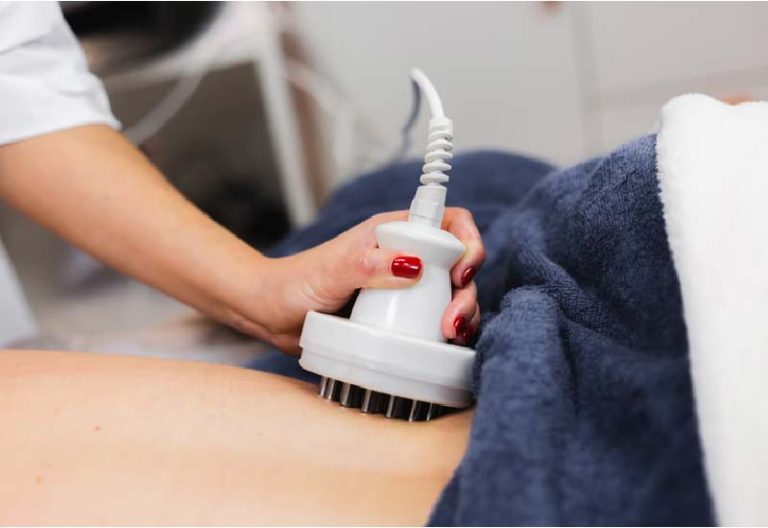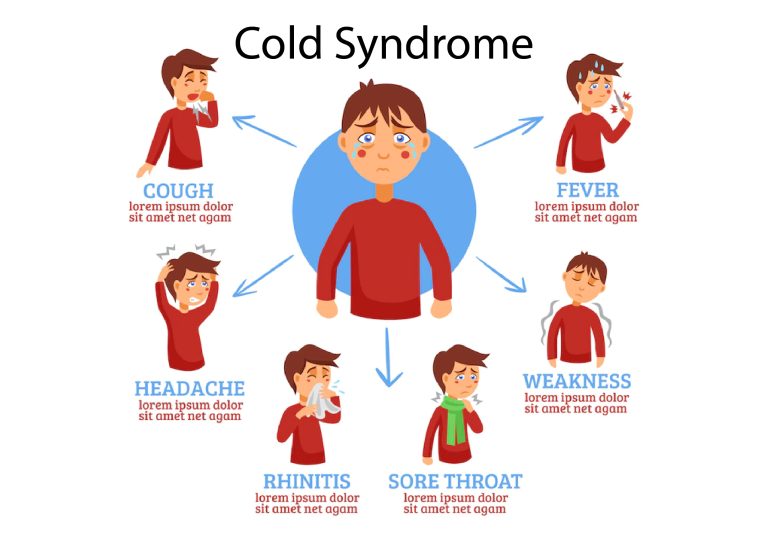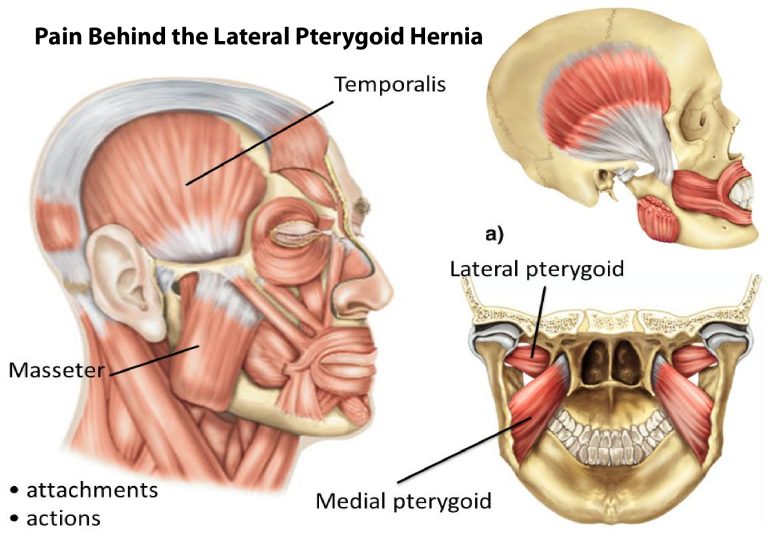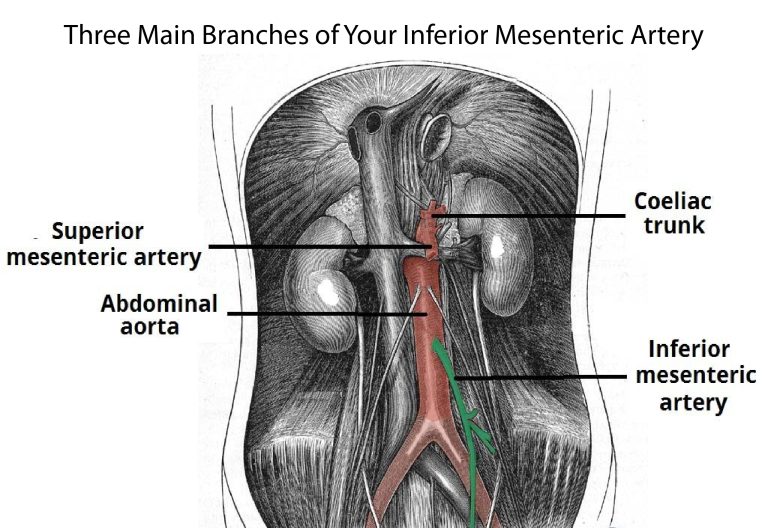Improvements to Prisons And Detention Facilities
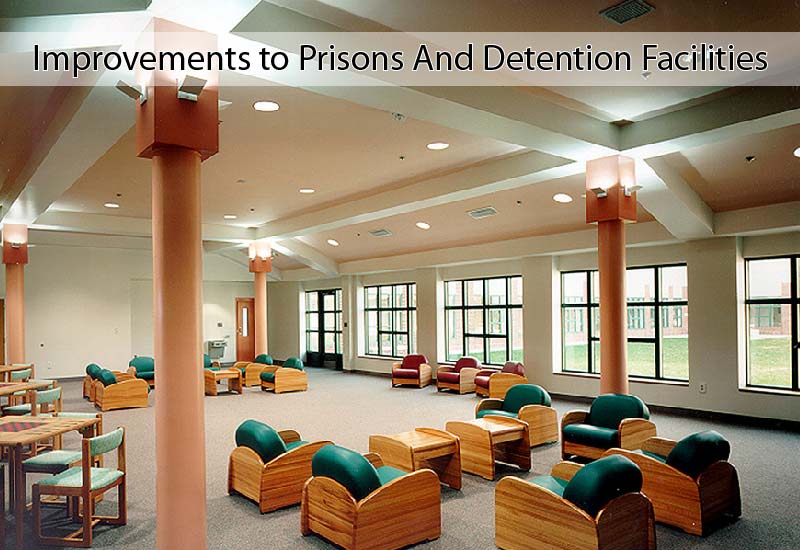
Prisons and detention facilities have a history of needing improvements. The complaints from cells carried with them an urgent need for reform as the incarcerated populations experience problems with overcrowding, medical care and resources access, safety concerns, and mental health services. This piece will discuss the changes within the prison reform movement and look at how those improvements can help alleviate the many issues in these institutions today.
Improving Living conditions
Prisons and detention facilities are a necessary part of the national infrastructure, but those inside should not live in poor conditions. Many prisons, jails, and other facilities are overcrowded, short on resources, and lacking appropriate amenities such as educational services, health care, and adequate jail and prison detention furniture. Authorities must prioritize improving these conditions so incarcerated individuals can be safer, more secure, and healthier.
Focusing on Rehabilitation
Prisons and detention systems provide a means of punishment and deterrence, and these institutions can become rehabilitation models with forward-thinking innovation and ingenuity. With improvements such as better career preparation programs, inmates can enter the workforce post-release. Mental health services are essential to those suffering from anxiety or other disorders. Correctional systems should help individuals reintegrate positively into society upon completing their sentence.
Educating inmates on civil duties and rights ensures former prisoners comprehend the law and do not resort to illegal behaviors in the future. Emphasizing rehabilitative programming in prisons and detention facilities can result in a better-informed population who are afforded viable pathways to a brighter future.
Implementing Restorative Justice Practices
Restorative justice practices have the potential to be an effective solution to the overcrowding crisis in prisons and detention facilities. They emphasize rehabilitation over incarceration, focusing on the victims rather than punishing perpetrators. Research has shown that recidivism rates drop when inmates are given support for their mental health needs and access to education or job training opportunities.
Restorative justice practices provide a way of resolving underlying issues that can lead to criminal behavior, such as poverty or substance abuse. Incorporating these programs into detention facilities could lead to a significantly improved prison system with fewer occupants and greater chances of rehabilitating those incarcerated.
Increase Transparency and Accountability
Establishing independent external oversight bodies ensures these facilities are managed appropriately, and humane detention practices provide necessary public scrutiny over their activities. Transparency also allows the general public to understand better how seriously the authorities take their duties concerning inmates entrusted to them in good conscience.
Authorities can increase transparency by having regular internal inspections and releasing performance appraisal reports outlining areas that need reinforcement or improvement. Doing so shows inmates, their families, and the community at large that there is an effort to ensure rules and regulations are followed and gives some assurance that fundamental human rights are not being abused.
Increasing Staff Training
Those working in correctional settings should be experts in their field, understanding protocols and preventing occurrences of inappropriate behavior by inmates. Training must include the following.
- Learning how to better respond to emergencies.
Knowing the state and federal laws they must abide by.
Discovering new ways to build relationships with inmates.
Extensive staff training can cultivate an atmosphere of safety and security at prisons and detention facilities.
The future of prisons and detention facilities hinges on human empathy and compassion. Prisons must become rehabilitation centers as much as they are places of punishment. Systemic change begins with everyone, so it’s time to join forces with others and take action together. Continued systematic reform is necessary to ensure meaningful improvements are taking place to benefit inmates in the future, both for their well-being and the overall functioning of society.

